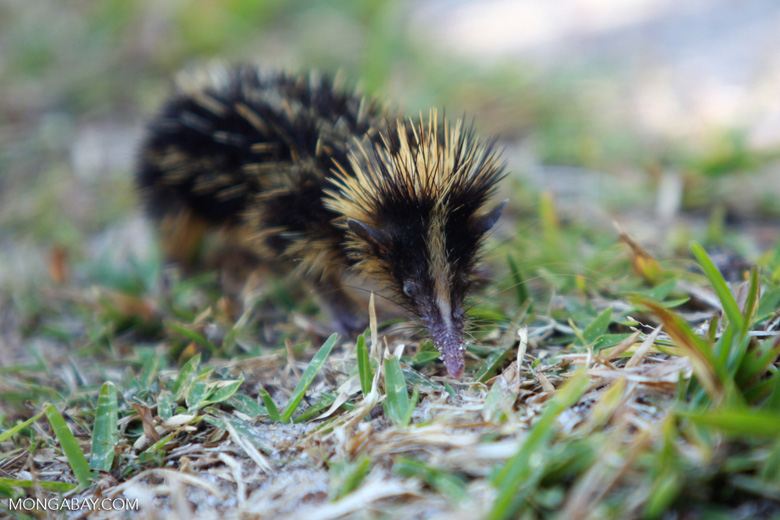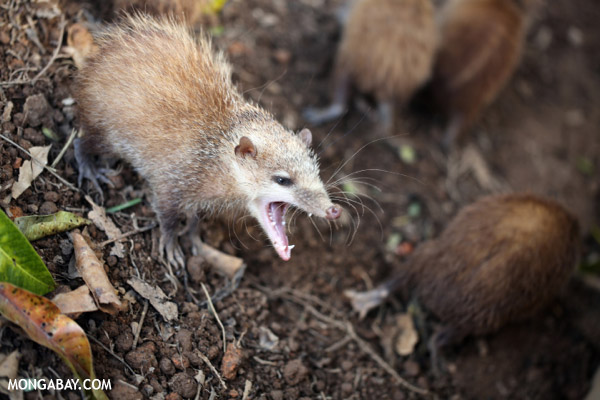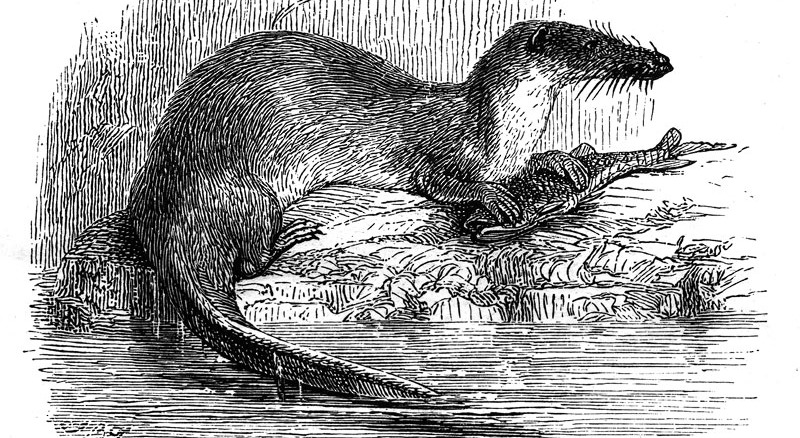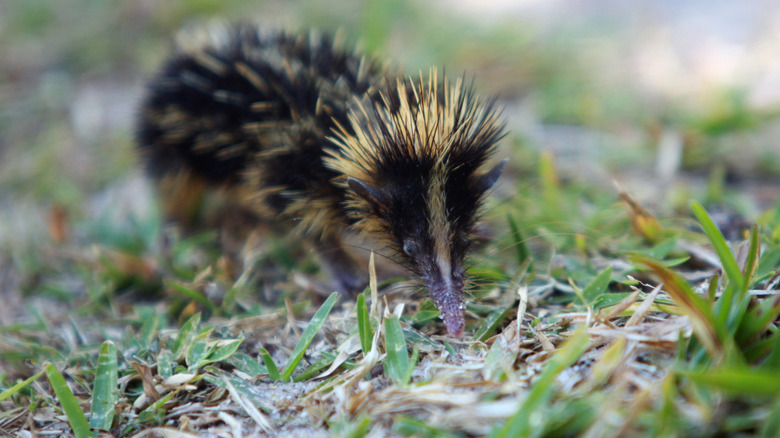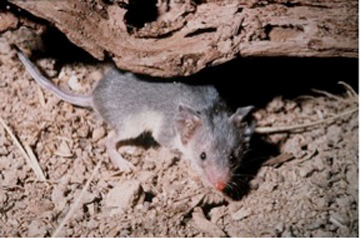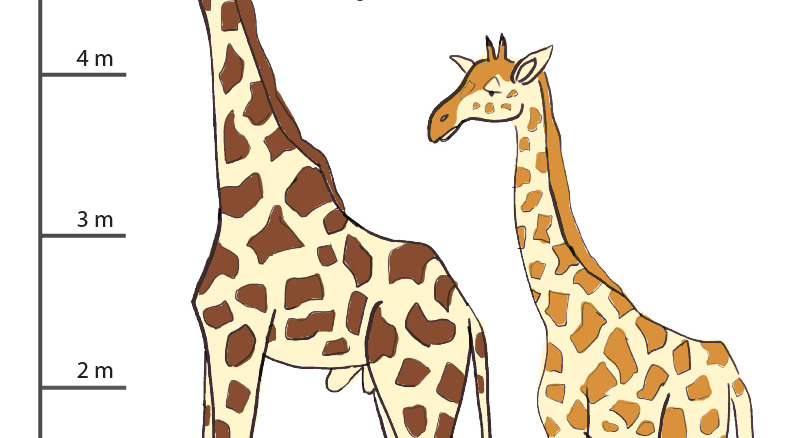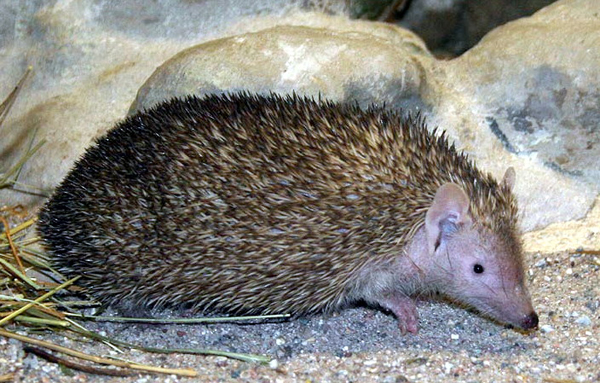By David Brown & Stuart Short*
If you owned a tropical island with forests and rivers and deserts and you wanted to populate it with animals that would use all of those ecosystems what would you do?
You could bring in several different kinds of animals to live in the trees, and the water, and burrow in the ground. Or you could bring in the ancestor of the tenrec and wait for it to develop into different kinds of animals that can live in all of those different places.
What is a tenrec?
Tenrecs are a group of mammals that lives on the island of Madagascar off the coast of East Africa. There are also a few tenrec species in the forests of Central and West Africa. People have been very confused about what kind of animals tenrecs are, and even about what groups of animals are tenrecs.
This confusion is because there are species of tenrecs that look like many different kinds of animals. Some tenrecs have small round bodies with spikes all over them. They look almost exactly like hedgehogs. The fossorial tenrec with the scientific name Oryzorictes hova digs in the ground and looks like a mole.
There are several tenrec species that look like shrews. Along rivers in the rain forests of Africa there are three species of tenrecs with body shapes and lifestyles similar to otters. They are called otter-shrews, although they are neither otters nor shrews! For a long time people weren’t even sure that otter-shrews were tenrecs.
Who are tenrecs related to?
Because the body shapes of several of the tenrec species resemble hedgehogs and shrews, people thought that tenrecs were related to these groups. Scientists now think that this is wrong. By building family trees of mammal groups using genetic material, scientists now think that some of the closest relatives of tenrecs are elephants, aardvarks, and manatees!
How did this weird group of animals evolve into so many different body shapes and lifestyles? Part of what explains the many different kinds of tenrecs is where they live. Most tenrec species live on the island of Madagascar where they have been for millions of years.
Dr. P.J. Stephenson is a tenrec expert. He explains what happened once the tenrecs arrived in Madagascar: “When tenrecs arrived (probably by rafting on logs or floating vegetation) there were no mammals so they evolved to fill many of the available niches. Rodents don’t compete directly as they don’t feed on the same things.”
A niche is the way of life of an animal, what it eats and where it lives. In most habitats there are many different kinds of animals that compete for the same kind of niche. When the ancestor of the tenrec arrived on Madagascar millions of years ago though there were few mammals to compete with the tenrecs. The tenrecs evolved to take over many different niches that they probably could not have if they had to compete with rodents, moles, shrews, hedgehogs, and other species.
Most of the tenrec species are not well known
Scientists have not studied many of the tenrecs in the wild and not many of them are in zoos. The lesser hedgehog tenrec is an exception. The lesser hedgehog tenrec has been kept in captivity since the well-known author and conservationist Gerald Durrell brought them to the UK in the hope they would breed. In August 1967 they did just that! This was the first recorded breeding in the UK and there were more baby tenrecs to come.
Keeping lesser hedgehog tenrecs in captivity has helped biologists learn much about this tenrec species and tenrec biology in general. There are 4 other species of tenrec that do well in captivity: the common tenrec (the largest tenrec species), the greater hedgehog tenrec (the larger cousin of the lesser hedgehog tenrec) and the 2 species of streaked tenrec (tenrecs with little yellow and black stripes). There is still a vast amount to learn about these species and their wild cousins.
The basic natural history and behavior of most tenrec species is still unknown to science. One thing that we do know is that many tenrec species are endangered by habitat destruction in their ecosystems in Madagascar and Africa. People may wonder why understanding tenrecs and trying to protect them is important when most people have never even heard of these weird animals.
Dr. Stephenson the tenrec expert observes: “If we lose tenrecs it means we will have lost their forest home. This in turn means people in Madagascar will lose all the products and services they take from forests (food, fuel, medicine, building materials, water, soil, etc.). The outside world will also suffer due to the carbon released and the resultant climate change.
Therefore, having tenrecs is a good sign the environment in Madagascar can sustain people and nature. For many people too, the loss of a tenrec would mean the loss of millions of years of evolution and all the scientific knowledge we have yet to discover about these unique mammals.”
*This article previously appeared on kidsnews.mongabay.com
You may also like this story
Tenrec Time: freaky, streaky, and squeaky
